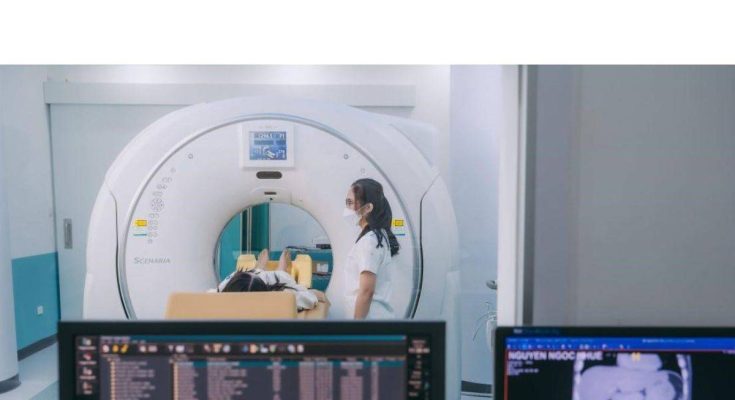3 Golden Rules for Early Cancer Detection: Don’t Wait Until It’s Too Late
Early detection is the key to effectively treating any disease, especially cancer. To achieve this, there are three golden rules to remember when undergoing health check-ups and cancer screenings to avoid costly mistakes and missed opportunities.
As our quality of life improves, we are paying more attention to health care, particularly as modern lifestyles and living environments increase the risk of various diseases, including cancer. Consequently, cancer screening has become a crucial and familiar health check-up for many people.
However, not everyone understands the decisive factors in the screening process. To detect cancer early and accurately and ensure timely treatment, remember these three golden principles: The Right Time – The Right Method – The Right Place.Why Is Timing Crucial for Cancer Screening?
Cancer screening involves medical methods to identify signs of cancer before any symptoms appear. Dr. Yoshinori Matsuoka, known as a “super doctor” in Japan, shared:
“In Japan, proactive health screening is very common, helping to detect cancer in its early stages when it is easier to treat and potentially curable. However, in Vietnam, many people still think regular health check-ups are sufficient.”
In reality, general health check-ups only cover basic examinations to assess overall health and work capacity. They are not designed to detect diseases like cancer.
He also noted another common mistake: people only undergo cancer screening when clear symptoms appear. Many cancers, however, exhibit no or minimal symptoms in their early stages, which are often mistaken for other issues. This leads to late detection and makes treatment much more difficult.
In summary, proactive and regular check-ups increase the likelihood of early detection and timely treatment. Since the transition from pre-cancerous to cancerous stages can take only 1 to 1.5 years, annual screenings or screenings whenever unusual symptoms arise are essential.
Why Is the Right Method Important in Cancer Screening?
According to Dr. Matsuoka, each disease requires a combination of specific tests to ensure accurate results. The “right method” means using the appropriate tests and advanced technologies to achieve high accuracy.
“For example, blood test results can only indicate abnormalities but are not directly related to many lifestyle diseases and cancers in the body. There is also the risk of false negatives in blood cancer marker tests. Similarly, genetic tests only indicate the likelihood of developing a disease based on the presence of disease-causing genes but cannot pinpoint when these genes might develop into an illness,” he explained.
He also mentioned that older technologies like X-rays or standalone ultrasounds cannot detect early specific lesions in many cases. This is particularly true for common cancers in Vietnam, such as breast and lung cancer. However, more advanced diagnostic imaging technologies, such as full-body CT scans, colonoscopies, MRIs, and mammograms, are not yet widely used in screenings.
Among these, CT scans, especially for lung cancer, are significantly more effective than other methods. However, there are several reasons why CT scans are not widely available. One concern is the high radiation dose (X-rays) used in conventional CT technologies, raising worries about radiation exposure, especially when imaging multiple areas. As a result, doctors often reserve CT scans for cases with high suspicion, symptoms requiring diagnostic confirmation, or disease progression monitoring.
Additionally, CT scans are not typically included in basic health check-up packages at hospitals and medical facilities, leading to higher costs. The lack of updated advanced CT technologies also deters some people. However, these issues can be addressed by choosing facilities equipped with high-tech equipment and staffed by experienced doctors and technicians.
Let me know if you’d like to refine this further or highlight specific sections!



